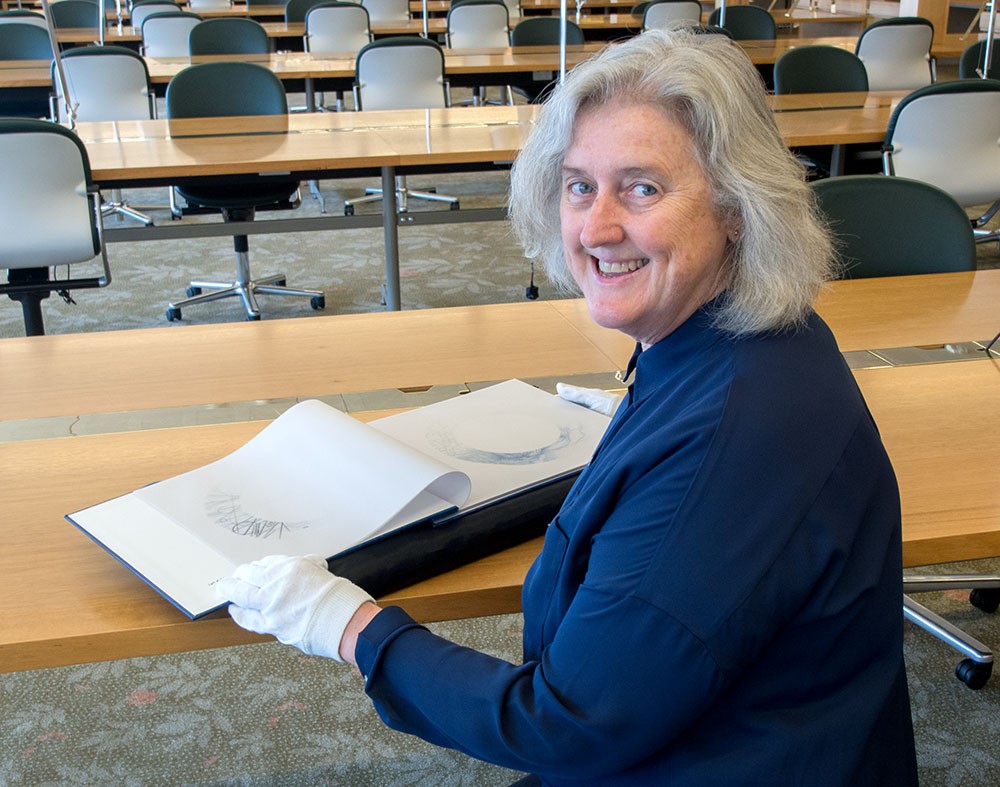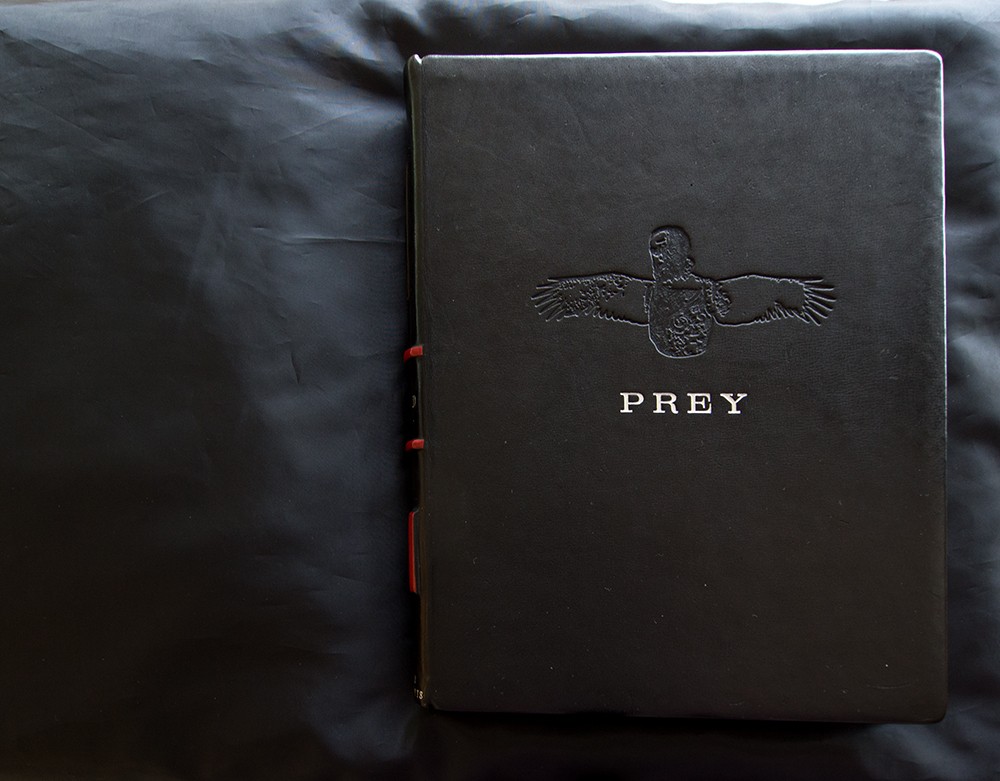Montage compositions in artists’ books and zines. Considering the cut, the paste and the page….
By Christene Drewe | 9 December 2015
Siganto Foundation Research Fellow Dr Victoria Cooper is passionate about montage. Victoria's passion for montage is evident in her writing and I look forward to sharing her investigative journey through the collection in the coming months. Here in her first blog, Victoria presents the foundation for what will be an exciting research project.

As I begin my Siganto Foundation Research Fellowship, I reflect on the aims and aspirations of my study on the montage within the Australian Library of Art (ALA) at State Library of Queensland (SLQ). I am interested in the creative “cut and paste” (including digital) construction of visual narratives using photomontage, text and mixed media. Integral to this critique will be a consideration of how selected artists have utilised these image compositions within the space of the page and book.
This study is underpinned by my own practice in digital photomontage but also by the knowledge of the long tradition of artists and designers creatively combining images. Photomontage or combination printing has its origins in late-nineteenth-century pictorial photography, most notably in the work of Henry Peach Robinson and Oscar Rejlander. Then in the early twentieth century, Russian filmmakers, notably Sergei Eisenstein, pioneered the practice of montage in motion picture films to present animated visual concepts and to record the passing of time.
As a response to the political turmoil of the first part of the 20th century, German and Russian visual artists including Hanna Höch, George Grosz, John Heartfield, El Lissitzky and Alexander Rodchenko used the “cut and paste” mediums of photocollage and photomontage to create political and social commentaries. The surrealists such as Max Ernst, particularly with his book Une semaine de bonté : a surrealistic novel in collage(1934), Salvador Dalí and many other artists of this movement used the montage/collage to create visual contradictions referencing the uncanny connection between psychology of dreams and familiar experiences of the world. Also at this time Bauhaus teacher, pioneering designer and experimental artist László Moholy-Nagy became well known for his creative use of photomontage with text and image to construct innovative posters and page designs for his visual narratives.
Photomontage, montage and collage have continued to be popular mediums in all forms of art and now, in the digital age, they have become embedded in everyday communication. Many contemporary artists still use this “cut and paste” language for its potential to create evocative and provocative work.
In this project, I intend to work initially with an emphasis on Australian artists but will also include some international work in the ALA collection. I will begin with a review of the construction of images that create political comment and poetic narratives in the photomontage work of Australia’s best known photomonteur, Peter Lyssiotis. I will also investigate the montage image work in artists’ books and zines of contemporary artists, Gracia Haby and Louise Jennison, in which they playfully reassign essential characteristics of their subject (human or animal) by dissecting and implanting them into different contexts and scenarios. The British artist Helen Douglas and other international montage artists from the ALA collection will also form a major part of this research on the montage.
Through the work of these seminal montage and collage artists, it is my intention to create a space for discourse to highlight the language and syntax of the montage in artists’ books and zines. In a photomontage/collage, each of elements from a photographic origin has an intrinsic connection with reality even though separated from the context of its original capture and publishing. For many photomonteurs this relationship of the image with the real world can be a contributing characteristic in the ‘reading’ of their constructed images.
Research in the ALA is rich and comprehensive as it holds a variety of material from artists’ books, artist’s papers, reference books, catalogues, memorabilia and other relevant material that contributes to the knowledge of the artist and their work. I chose as my first artists’ book for review, Feather and Prey by Peter Lyssiotis, for the physical and intellectual experience of reading the photomontage and text within the white space of the turning page. Lyssiotis has also deposited in the ALA an artist’s statement to accompany the book, which for me will be a vital primary reference*.

I now begin my research by placing the archive box protecting the book, Feather and Prey, on a black satin cushion, and with cotton-gloved hands, I open the box to find a richly bound embossed black and red leather book. I am now excited by the privilege to have an extended time to deeply engage with these artists through their books and wish to acknowledge and thank both the Siganto Foundation and State Library of Queensland for this opportunity. In my second blog I will share with you the many questions and insights of my reading of this first book and extend to readers of this blog an invitation to visit the SLQ during my fellowship over the next 3 months.
*In the ALA original Materials Archive there are several boxes of Peter Lyssiotis papers. This quote is cited from unpublished writing discussing his book “Feather and Prey” Call Number: item #2935813 box # 13331.
Comments
Your email address will not be published.
We welcome relevant, respectful comments.